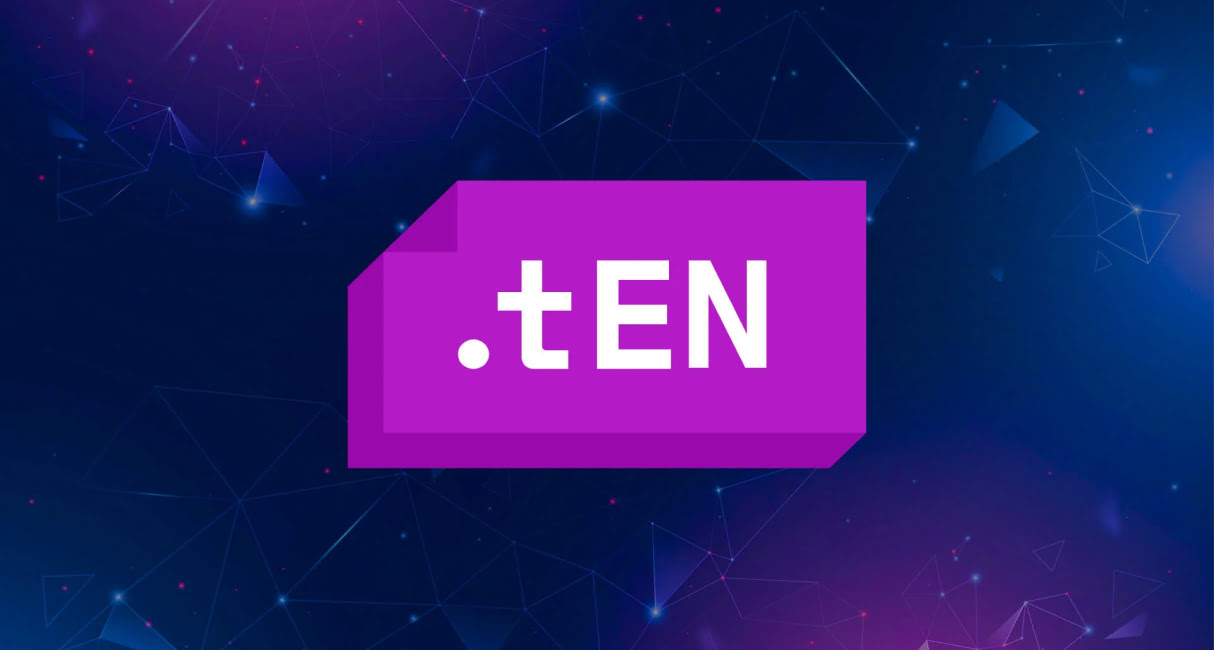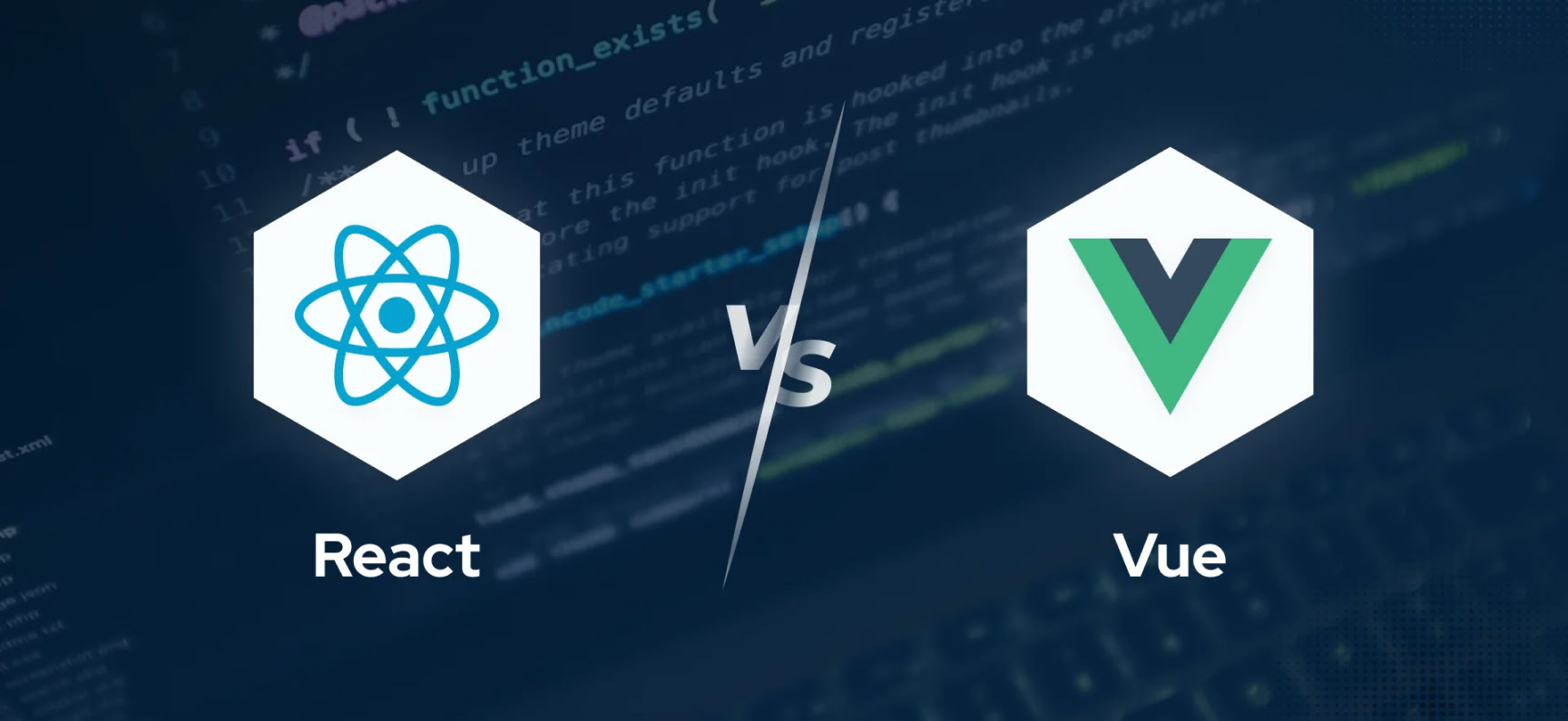DevOps containers are a popular solution for faster software deployment. They are being used by 61% of backend service developers. It is much more convenient when your things for different activities are stored in separate places. This saves you time and nerves. By packing the program, all the necessary files, and dependencies into a single container, you get a standalone unit ready to run.
Let's figure out the advantages of containerization for Development and Operations (DevOps). If you need help, for instance, with moving from legacy workloads to scalable containerized pipelines, we at Artjoker offer Azure DevOps services and CI/CD automation. Our experts enable fast builds and seamless orchestration across Kubernetes and cloud environments.
What Are Containers in DevOps?
A container is a lightweight portable environment with all the necessary files to ensure independent operation. The complete set of information for execution in a container is called an image. These images are deployed on hosts by container engines. One of the most popular types today is a Docker container in DevOps, so we’ll discuss it below.
Containerization is the process of packaging your application into such an independent container. It is a method of virtualization at the OS level that allows you to deploy and run distributed applications without having to run a whole virtual machine for each of them.

Application containers, for instance, include files and other components necessary to run the software. They typically consume fewer resources compared to deploying on virtual machines. This is because they do not require a full operating system to support each environment. It makes no wonder the global app container market is poised to reach $6.9 billion by 2030.
Expert Opinion «The popularity of containerization is due to the availability of cloud technologies. They allow you to scale and replicate containers, lowering the barrier to entry. In the DockerHub image library, you can download over 9 million pieces of various software in the form of containers.»Oleksandr Prokopiev CEO at Artjoker
The Role of Containers in DevOps: Why Businesses Should Care
Imagine that you have an application to deliver to your customer. The container acts as standardized packaging that ensures that the product arrives in perfect condition. High-quality DevOps development services can significantly speed up the implementation process and minimize risks.
Docker, in its turn, is a containerization platform that allows developers to package applications into lightweight parts. Here are the benefits of a DevOps docker container:
- Resource savings. A single server can run 3–10 times more containers than virtual machines.
- Rapid scaling. New application instances launch in seconds, not minutes.
- Compatibility. The piece of software works the same across all devices and servers.

As for Kubernetes, a container orchestration system, it has the following advantages for businesses:
- Automatic recovery. The system automatically restarts failed components.
- Elasticity. Automatic scaling to load saves up to 40% in infrastructure costs.
- High availability. Minimization of downtime for critical services.
To maximize these benefits, think about using quality Kubernetes development services from Artjoker. Now, let’s compare the most popular types of containers in DevOps.
Types of Containers in DevOps and Their Use Cases
If you want to come up with a modern app, containerization will come in handy. By integrating various types of containers with our AWS DevOps services, we streamline application delivery and enable effortless scaling across cloud-native and hybrid infrastructures.
Application Containers
Application containers (e.g., Docker images) are a relatively new type of container, usually running a single process. They are an excellent solution for microservices with horizontal scalability. Application containers for DevOps are better suited for immutable infrastructures.
Most cloud vendors offer application containerization with Docker inside each virtual machine. Such a machine includes a guest operating system with memory, a processor, and disk space. Docker typically runs inside system containers within a single kernel and shares the host system's resources. Although these nested receptacles are lighter than virtual machines, they are isolated and secure.
| Use Case | Package a single app and its dependencies. |
| Why | Ensures consistent builds and repeatable deployments across environments. |
System Containers
One of the oldest examples of container technology is system containers (e.g., LXC / Podman). A system container is similar to a virtual machine: ideal for storing an operating system and running multiple processes. System containers are used for traditional and monolithic applications—the architecture, tools, and configurations are all in one container.
| Use Case | Run multiple processes or simulate full OS environments. |
| Why | Useful for legacy apps or heavier workloads that need more isolation. |
Choosing the Right Type for Your Business Needs
In case your business is interested in developing up-to-date apps and microservices where you want portability, CI/CD speed (check out our CI/CD development solutions), and autoscaling, select application containers. That could be an OCI image running one major process. For simulating an operating system or running multiple tightly-coupled processes inside a single isolated environment, pick system type. They are a perfect solution for legacy software or multi-process services.
Businesses also often choose between an AWS and an Azure DevOps container. An AWS DevOps container can be more expensive at scale than the latter. It suits perfectly cloud-native, Kubernetes-first, start-up, and large-scale SaaS ecosystems. As for Azure, that is a great choice for enterprise, fintech, and gov.
Examples of Containers in DevOps: Success Stories
We would like to share two success stories from our clients with you. Each illustrates an example of containers in DevOps and proves Artjoker’s expertise in Development & Operations and containerization.
MyCredit Case
MyCredit is a fast-growing fintech processing thousands of daily loan requests. It faced infrastructure challenges that impacted stability and customer experience. They required a resilient foundation to support rapid releases and high traffic without operational risk.
Artjoker transformed MyCredit’s environment with a Kubernetes-based architecture, full containerization, GitOps-driven CI/CD using ArgoCD, and custom Helm charts for over 20 services. Centralized observability was established with Prometheus, Grafana, and Graylog. AWS autoscaling maintained performance during peak demand. As a result, release cycles are now 80% faster, uptime exceeds 99.9%, and the platform scales automatically. Thus, if you’re interested in AWS DevOps containers, for instance, our team has the most effective solutions proven by our clients’ results.
Client’s Feedback «We worked with Artjoker to completely modernize our Development and Operations infrastructure, and the results were impressive. Deployments that used to take hours now happen in minutes, uptime is rock-solid, and our system scales easily during peak loads. The team was professional, responsive, and delivered everything on time.»A.Korytska IT Specialist, MyCredit

TEN Case
TEN, a rapidly expanding cybersport networking and betting platform, required scalable solutions that would not increase infrastructure complexity or cost. A scalable architecture based on the recent tech trends was necessary to streamline deployments and facilitate rapid product growth.
Expert Opinion «Artjoker migrated TEN’s services to Kubernetes and implemented automated GitLab CI/CD pipelines. Our team also introduced cloud-native monitoring and logging. Kubernetes orchestration and elastic scaling enabled TEN to efficiently manage traffic surges. Consequently, the company reported a tenfold increase in scalability.»Oleksandr Prokopiev CEO at Artjoker
These cases demonstrate Artjoker’s expertise in Kubernetes orchestration, containerization, CI/CD automation, and Development & Operations best practices in general.

How Containers Improve DevOps Processes for Modern Businesses
So, DevOps using containers really makes sense for different industries. One of the key advantages of containerization is the speed and ease of deployment. Compared to other methods, containers require fewer resources and are generally easier to manage. They offer increased flexibility and security, making them an ideal choice for DevOps teams planning to break applications down into smaller, manageable microservices. This allows teams to quickly update and deploy individual components, increasing development speed and overall flexibility.
In 2025, organizations are increasingly embedding security automation into container lifecycles. This trend involves from image scanning during CI/CD (“shift-left”) to runtime threat detection in container clusters. AI-powered tools are playing a growing role in container security, automating anomaly detection, mis-configuration remediation, and real-time enforcement of policy in container orchestration platforms.
With over 19 years in software development and 7+ years of hands-on DevOps and cloud expertise, Artjoker brings real-world experience to every infrastructure modernization project. Our team has successfully delivered 50+ containerization and CI/CD implementations. We help companies migrate to Kubernetes, automate deployments, and achieve scalable environments. We employ AWS-certified engineers and cloud architects who follow industry-standard security, monitoring, and reliability practices.
Ready to Harness the Power of Containers in DevOps?
Experts from Artjoker use Docker, LXD, and Kubernetes for Development & Operations containerization. We start with defining your business goals. Then, Artjoker’s specialists prepare the app and environment, build and configure containers, and orchestrate with Kubernetes. Testing and deployment follow, with continuous monitoring. Whenever you need assistance with DevOps containerization, Artjoker is here to lend a helping hand. Book a free consultation and project evaluation now!

Conclusion
Containerization has become essential for modern DevOps — enabling faster releases, consistent environments, and scalable architectures. As businesses move toward microservices and cloud-native solutions, containers offer the flexibility and efficiency needed to stay competitive.
At Artjoker, we help companies fully leverage containerization — from Docker and Kubernetes to CI/CD automation and cloud-native infrastructure. With years of engineering expertise, we deliver secure, scalable, and production-ready solutions.
Similar articles
View allyour business
together
- PROJECT INQUIRIES info@artjoker.net
- CALL US +1 213 423 05 84
contact us:











